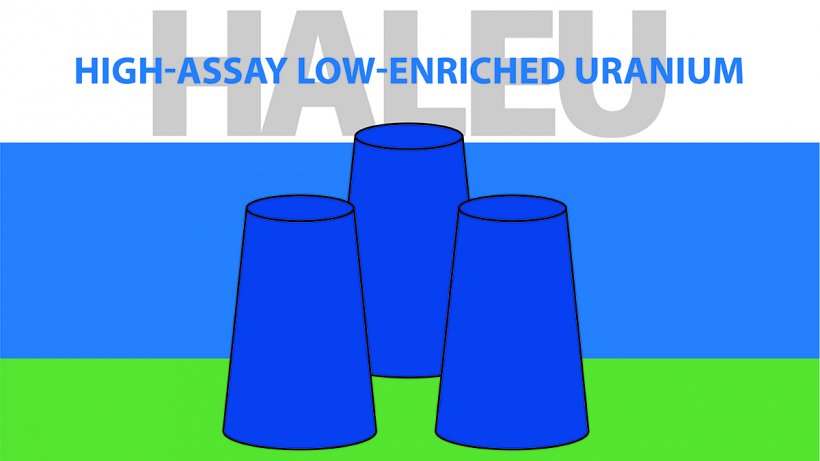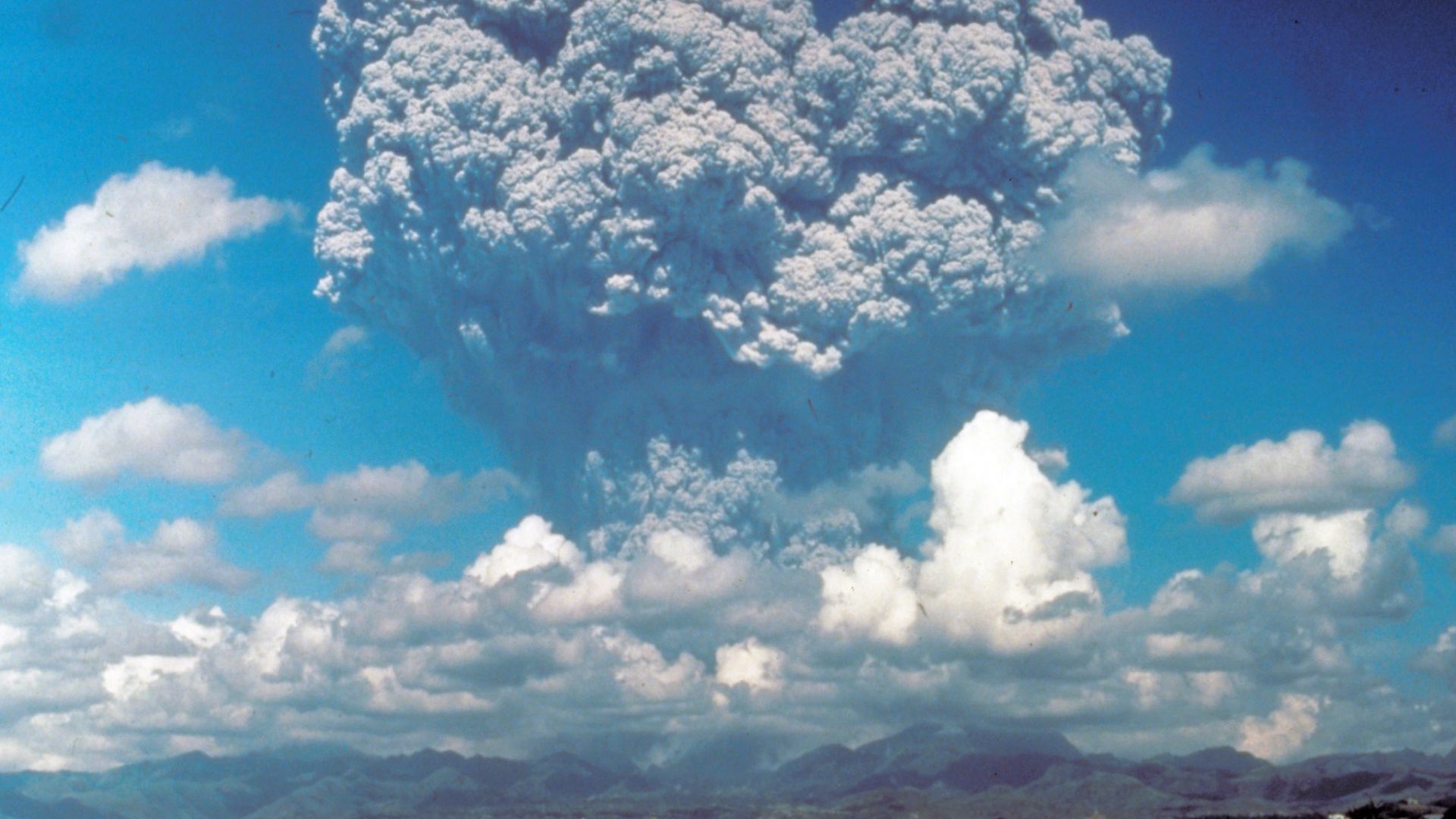The Crystal River-3 nuclear power plant.
The Nuclear Regulatory Commission announced that it will hold a hybrid public meeting on December 7 to discuss the license termination process and to accept comments on the remaining cleanup activities under the license termination plan for the Crystal River-3 nuclear power plant in Crystal River, Fla.
eVinci Technologies president Jon Ball (left) and SRC president and CEO Mike Crabtree in front of a scale mock-up of an eVinci microreactor at SRC. (Photo: Westinghouse)
Saskatchewan premier Scott Moe yesterday announced C$80 million (about $59 million) for the Saskatchewan Research Council (SRC) to pursue demonstration of Westinghouse Electric Company’s eVinci microreactor technology.
The project team included (from left to right) Jennifer Watkins, Seth Ashby, and Adrian Wagner. (Photo: INL)
Researchers at Idaho National Laboratory in early 2023 manufactured commercial-grade high-assay low-enriched uranium (HALEU) fuel pellets to the specifications of a General Electric accident tolerant fuel design, INL announced November 21. A team working at INL’s Experimental Fuels Facility at the Material and Fuels Complex fabricated about two dozen uranium dioxide pellets using HALEU enriched up to 15 percent U-235.
U.K. energy security secretary Claire Coutinho and South Korean minister for trade, industry, and energy Moon Kyu Bang, following the signing of the U.K.-ROK Clean Energy Partnership. (Photo: @ClaireCoutinho/X)
The United Kingdom has announced a new partnership with South Korea to accelerate the clean energy transition by strengthening cooperation on low-carbon technologies, domestic climate policies, and civil nuclear energy.
Signed November 22 in London by British energy security and net zero secretary Claire Coutinho and South Korean minister for trade, industry, and energy Moon Kyu Bang, the partnership promotes U.K.-South Korean business collaboration, addressing barriers to trade and encouraging mutual development of the two nations’ energy sectors.
Kairos Power’s Hermes 2 demonstration plant (blue-topped building on the left) is planned to be built next to the Hermes demonstration reactor. (Image: Kairos Power)
A notice of opportunity from the Nuclear Regulatory Commission was published in the November 22 Federal Register to intervene in an adjudicatory hearing on Kairos Power’s application for a construction permit to build the Hermes 2 test reactor facility in Oak Ridge, Tenn.
Electrical circuits are tested during the commissioning of the new ventilation system at WIPP. (Photo: DOE)
Commissioning has begun on a new large-scale ventilation system at the Waste Isolation Pilot Plant in New Mexico.
The Safety Significant Confinement Ventilation System (SSCVS) is expected to increase underground airflow from 170,000 cubic feet per minute up to 540,000 cfm. The increased airflow will allow for simultaneous underground waste emplacement, mining, and ground control work. Ground control, including bolting, controls the movement of salt rock—known as salt creep—in the WIPP underground.
Experimental Breeder Reactor-II (Photo: ANL)
If you head west out of Idaho Falls on U.S. Highway 20 and make your way across the Snake River Plain, it won’t be long before you’ll notice a silver dome in the distance to the north. One of the most recognizable structures in the history of nuclear energy, Experimental Breeder Reactor-II stands out from the desert landscape. The 890-square-mile site on which EBR-II is located is the former National Reactor Testing Station, now known as Idaho National Laboratory.
A fuel rod is loaded into the core of PRR-1 SATER in this 2022 photo, in preparation for its operation. (Photo: PNRI)
The Philippines generates none of its electricity from nuclear energy. Until recently, it was even without a functioning research and training reactor. The lack of a nuclear facility has led to a dearth of scientific expertise in nuclear science and nuclear engineering in this nation of roughly 117 million people. Twenty-nine-year-old Ronald Daryll E. Gatchalian is on a mission to change that.
Mount Pinatubo in the Philippines, as it began its cataclysmic eruption in 1991. Millions of tons of particulates were blown into the stratosphere, causing global cooling, similar to what solar geoengineering would do in a controlled way. (Photo: U.S. Geological Survey)
We’re failing.
We’re failing to decarbonize the world in any significant way. Global greenhouse gas emissions are still rising and appear on track to continue rising until at least 2040—the result of energizing the developing world.
Data analyst Emily Coriell (right) demonstrates a pipe crawling robot at the career opportunities event. (Photo: DOE)
Contractors at the Department of Energy’s Paducah Site teamed up recently to highlight career opportunities available at the site during the Paducah Area Chamber of Commerce WKY (West Kentucky) Launch Experience.
Image from the DOE’s draft EA showing a rendering of the TFF building. (Image: DOE)
The Department of Energy’s Office of Clean Energy Demonstrations issued a draft environmental assessment (EA) in early November for a test and fill facility (TFF) that TerraPower plans to build in Kemmerer, Wyo.—the town selected two years ago to host the company’s first Natrium sodium fast reactor. The draft EA, open for comment through December 1, describes TerraPower’s plans to construct a nonnuclear facility that would safely store about 400,000 gallons of sodium to test coolant system designs and ultimately fill the planned reactor.

















